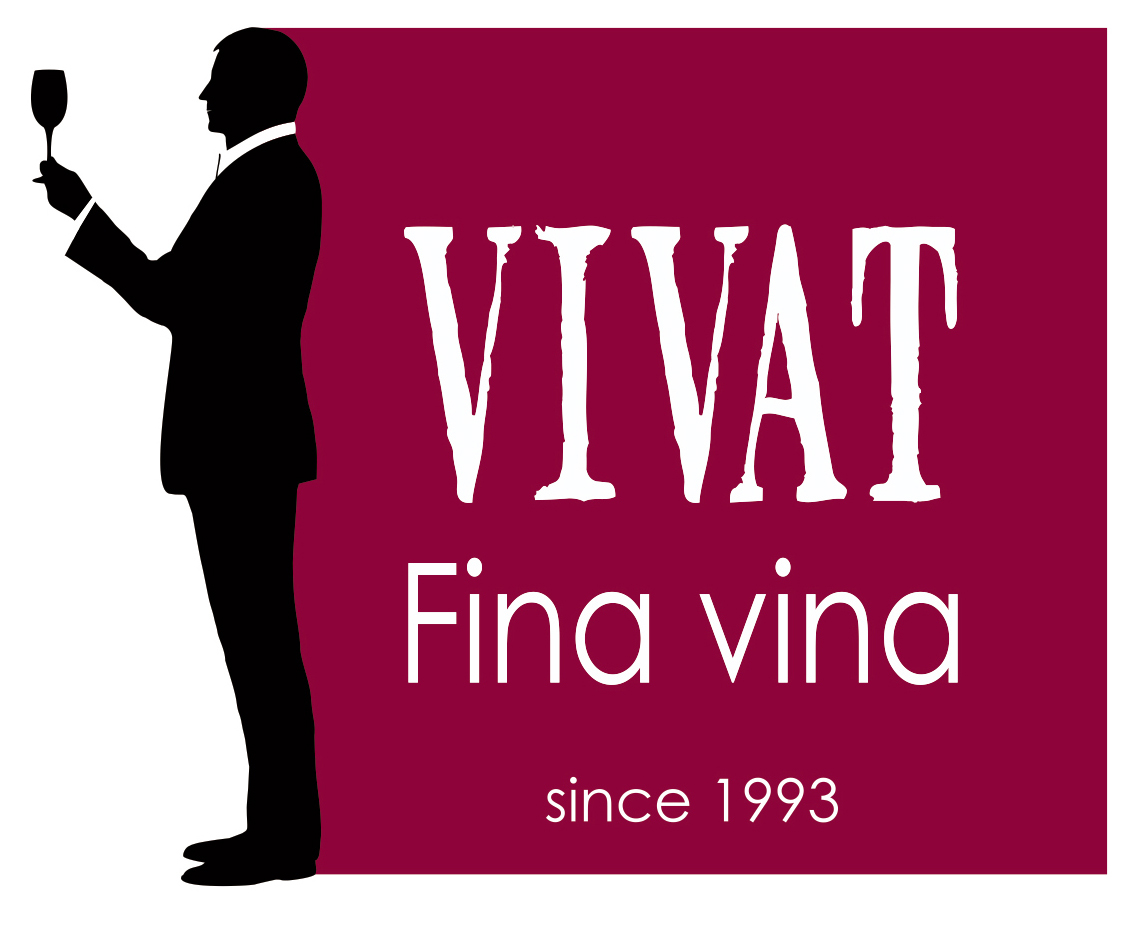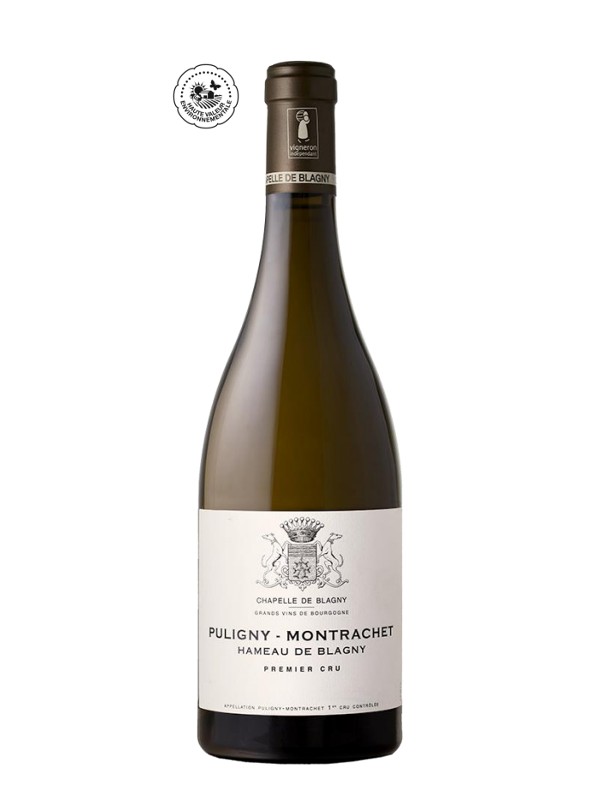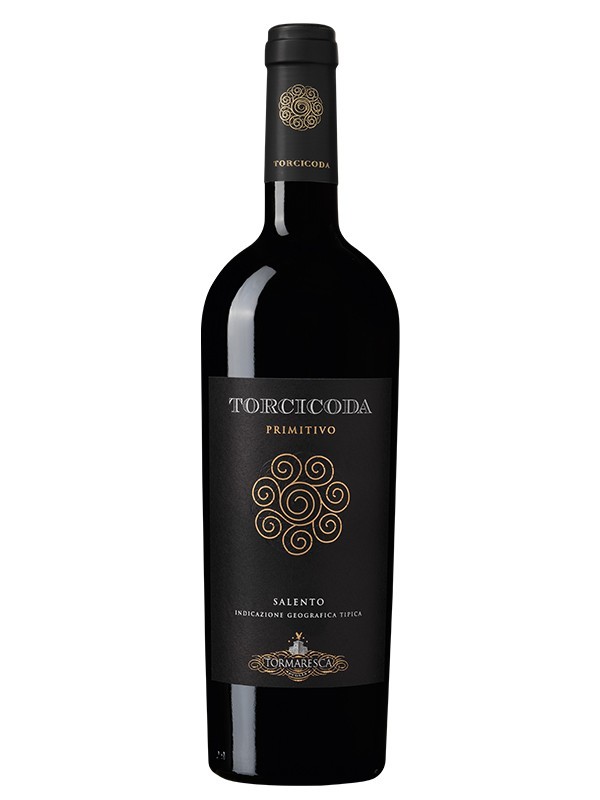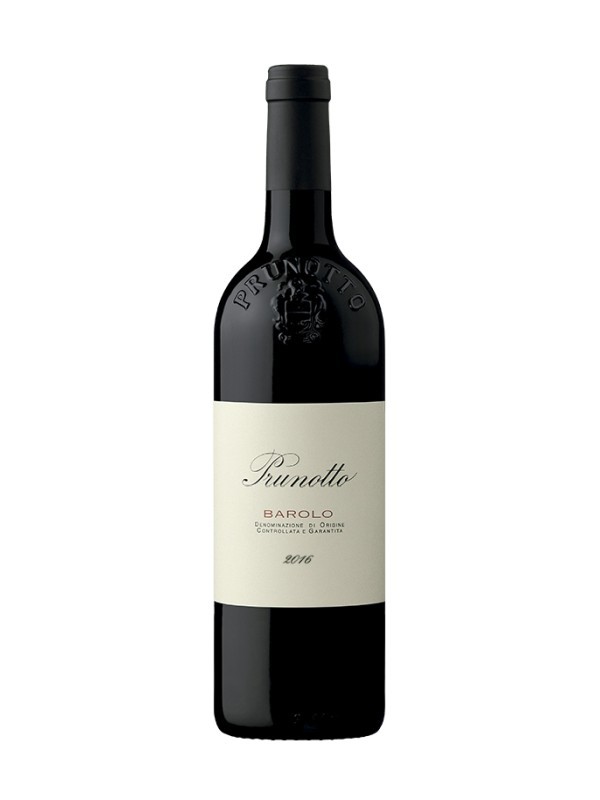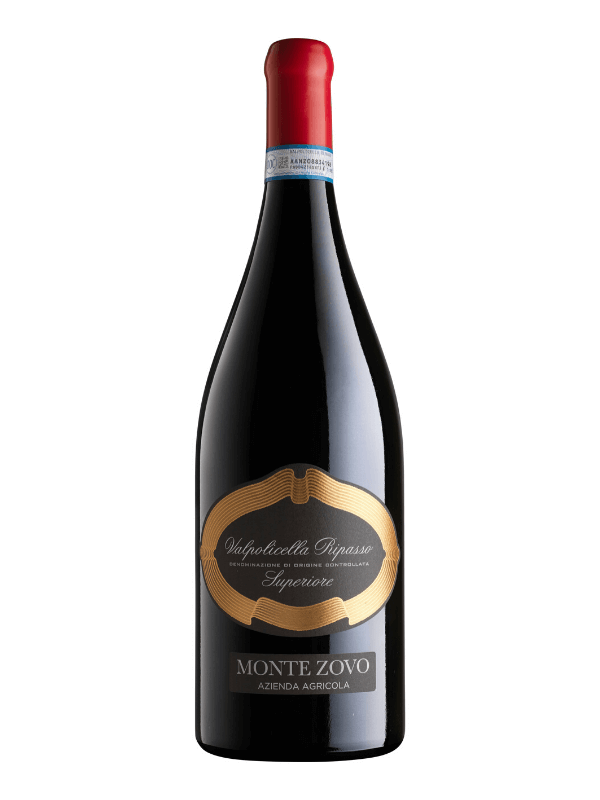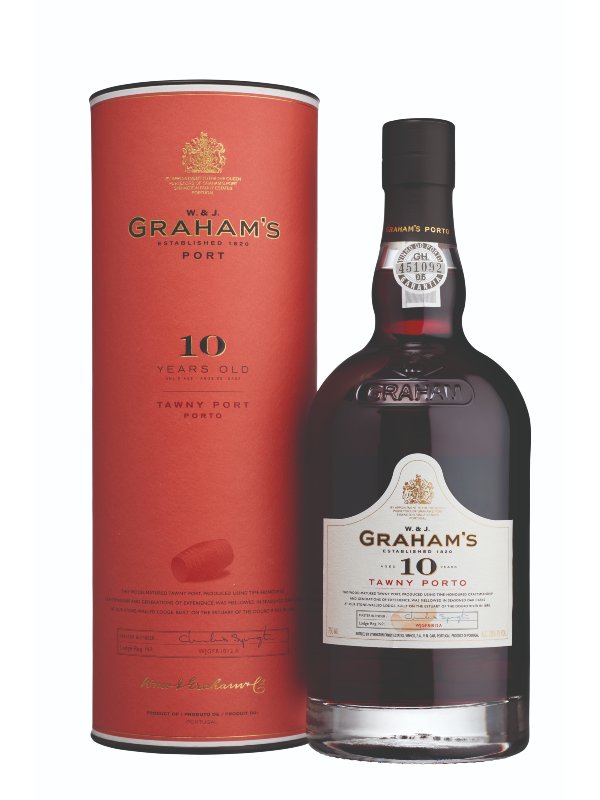100% Chardonnay.
• Vine on average 40 to 70 years • Planting density 10 000 vines / ha • Guyot or Guyot Poussard prunning with few Cordon de royat • Hight Environemental Value (HEV) certification since 2015
Manual Harvest. Traditional vinification. Pneumatic press, max 2b. Cold musts clarifcation by decanting 24 h. Fermentations (AF + MLF) in oak barrels aged from 1 to 4 wines. Maturing on fine
lees for 12 months, then 3 to 6 months in stanless steel tanks. Bottling and racking at the domain. Wine from an steep slopes with clayey-calcareous subsoils is always strongly marked by its terroir. Floral and fruity notes. A wine which combines fatness with minerality while maintaining its finesse.
It is ideal with seafood, fish cooked with cream, or with strong cheese such as Munster and Comté.
A fine signature wine, worthy of the best Puligny climats “Hameau de Blagny” produces wines of high quality, combining finesse and tension. Early on, the so-called “varietal” aromas hint of white flowers (hawthorn, acacia), citrus fruits (lemon, grapefruit), white fruit, and toast that evolve and progressively blend together to produce a lively, tense and elegant wine.
As an aperitif, paired with pan-fried scallops or Norway lobster cooked in butter. We strongly advise you to save one last glass for the cheese course: Comté, fresh goat’s cheese, or we particularly
recommend Brie or Truffle Brillat-Savarin.
The first reference to vines in Blagny stems from the 12th century. In 1184 the Abbaye de Maizières, a Cistercian abbey, acquired the Blagny estate from the cathedral chapter of Langres.
The barn that was established by the abbey at that time would become one of its biggest wine resources over the course of the 13th century.
Attached to the Cistercian abbey until the Revolution, the estate would go on to be sold as a national asset before being bought in 1811 by the family of the current owners.
The main dwellings, the barn and the Saint-Denis chapel, built in the 15th century, remain there since medieval times.
Thanks to the diligence of the monks in the cultivation of the vines and in winemaking, Blagny had already become highly renowned for the quality of its wines by the 18th century.
Just like all seven generations before him, Etienne de Brechard is now charged with preserving this excellence.
Since 2015, the estate is HVE certified (high environmental value). The 2017 audit allowed us to measure and appreciate the good progress that has been made since the beginning of this process.
Mindful of achieving sustainable viticulture within the magnificent Blagny terroirs and of contributing to the development of biodiversity, we strive to:
Work the earth regularly with ploughs and hydraulic tillers. This causes the roots to grow deeper into the ground, and avoids the need for herbicides, and encourages the development of microorganisms in the soil, which is essential for the plant to properly absorb minerals and trace elements that are necessary for its growth.
Re-consider our agrochemical usage. Protecting the vine against fungal diseases is assured primarily by contact fungicides, certified for organic cultivation. This is supported by strictly controlling the growth of the plant and limiting surrounding vegetation that is conducive to the development of mildew and powdery mildew.
Avoid using any insecticides, which favours the development and balance of auxiliary fauna while preserving the local ecosystem at the same time.
Conduct pruning that is suited to the vigour of our vines, limiting yield to favour good maturity and a healthy harvest.
